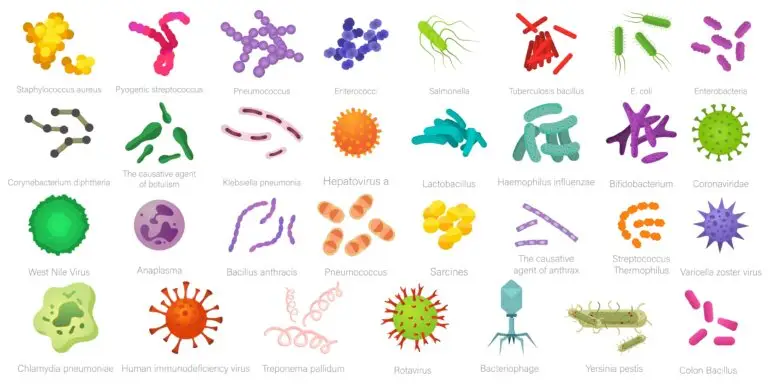Organism

Table of Contents
What are Organisms?
An organism is a living, individual entity that exhibits the characteristics of life. Organisms can be unicellular or multicellular and belong to one of the three domains of life: Bacteria, Archaea, or Eukarya. They can be found in diverse environments, ranging from the depths of oceans to the heights of mountains, and include a wide variety of life forms such as bacteria, fungi, plants, animals, and protists.
Characteristics of Organisms
Cellular Organization
Organisms are composed of cells, which are the basic structural and functional units of life. The cell is the smallest unit of an organism that can carry out all the processes necessary for life.
Metabolism
Organisms engage in metabolic processes to obtain energy and nutrients, as well as to carry out the chemical reactions necessary for growth, maintenance, and reproduction.
Homeostasis
Organisms maintain internal stability and balance through processes that regulate their internal environment. This ability to regulate and stabilize internal conditions is known as homeostasis.
Growth
Organisms grow by increasing in size or by undergoing cell division, leading to an increase in the number of cells. Growth is a characteristic of living organisms.
Response to Stimuli
Organisms respond to stimuli from their external environment. Responses can be behavioral, physiological, or molecular in nature and are often crucial for survival.
Reproduction
Organisms reproduce, producing offspring either sexually or asexually. Reproduction ensures the continuity of a species and the passing on of genetic information to the next generation.
Adaptation
Organisms have the ability to adapt to their environments over time through the process of evolution. This adaptation occurs through genetic changes that enhance an organism’s survival and reproductive success.
Evolution
Organisms are subject to the process of evolution, which involves changes in genetic traits within populations over successive generations. Evolution is driven by mechanisms such as natural selection, genetic drift, and mutation.
Examples of Organisms
Unicellular Organisms
- Bacteria (e.g., Escherichia coli)
- Archaea (e.g., Methanogens)
- Protists (e.g., Amoeba)
Multicellular Organisms
- Plants (e.g., Oak tree)
- Animals (e.g., Human)
- Fungi (e.g., Mushroom)
Related Links
Biodiversity
Biotechnology
Classification
Dominant Traits